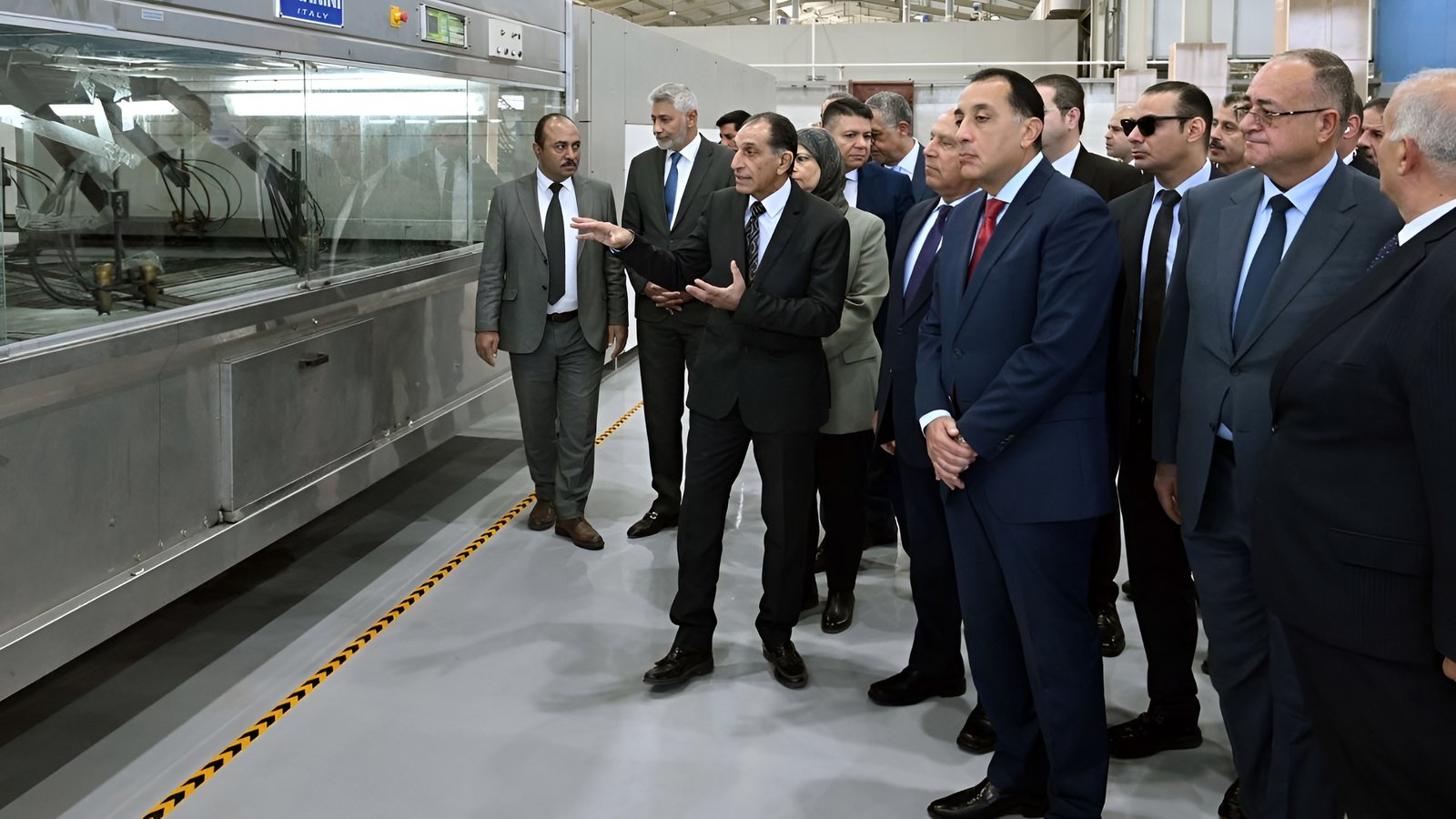In a significant move aimed at boosting exports and creating jobs, the government has announced a reduction in export duties on certain leathers and expanded the Duty-Free Scheme to include additional inputs for leather footwear exporters.
The Union Budget has introduced two major measures for the leather and footwear sector. One is the rationalization of export duties on leathers, and the other is the inclusion of more inputs such as wet blue chrome tanned leather, wet white leather, crust leather, and finished leather under the Duty-Free Scheme for leather garments, products, and footwear exporters.
The Council for Leather Exports (CLE) has long advocated for the duty-free import of critical raw materials and inputs, including wet blue, crust, and finished leathers. These materials are essential for exporting value-added products from India.
“We are thankful to the Government for including these leathers and other critical inputs under the Duty-Free Scheme, this move is a significant step towards achieving the sector’s ambitious export target of USD 13.7 billion by 2029-30, up from USD 4.69 billion during 2023-24.”
Rajendra Jalan, Chairman, CLE
One of the notable changes is the reduction in export duties on wet blue and crust leather from 40% to 20%. This is expected to facilitate the export of value-added processed leathers, which are in high demand globally.
Jalan expressed hope that the government will further reduce this duty on crust leathers to 0% in the future. Achieving this would enhance the export of value-added leathers by USD 1 billion in the next 2-3 years.
Jalan highlighted the government’s support measures aimed at the women workforce, who make up 40% of the workers in the leather and footwear industry.
The announcement includes support for working women hostels, crèches, and women-specific skilling programs. These initiatives are expected to significantly enhance women’s participation in the sector and contribute to their socio-economic development.
Moreover, the Employment Linked Incentive Scheme is seen as a major support measure for this labor-intensive sector, providing substantial benefits to both employers and employees.
In conclusion, the reduction in export duties and the inclusion of more inputs under the Duty-Free Scheme are expected to significantly boost exports and job creation. With strong support measures for the women workforce, the industry is poised for substantial growth and development in the coming years.












